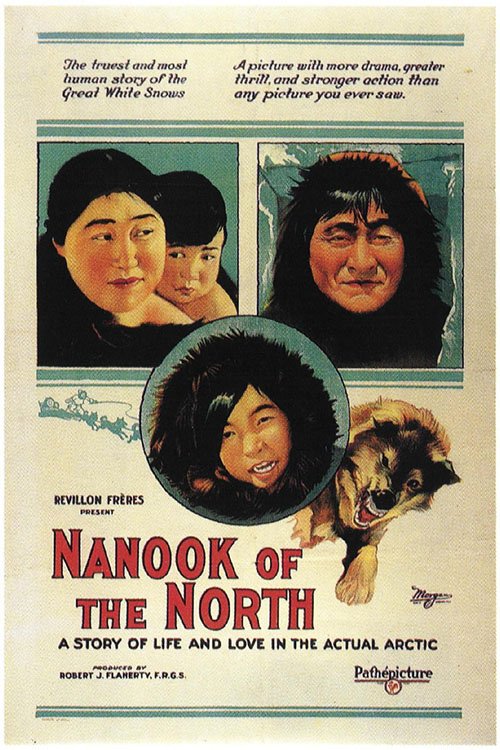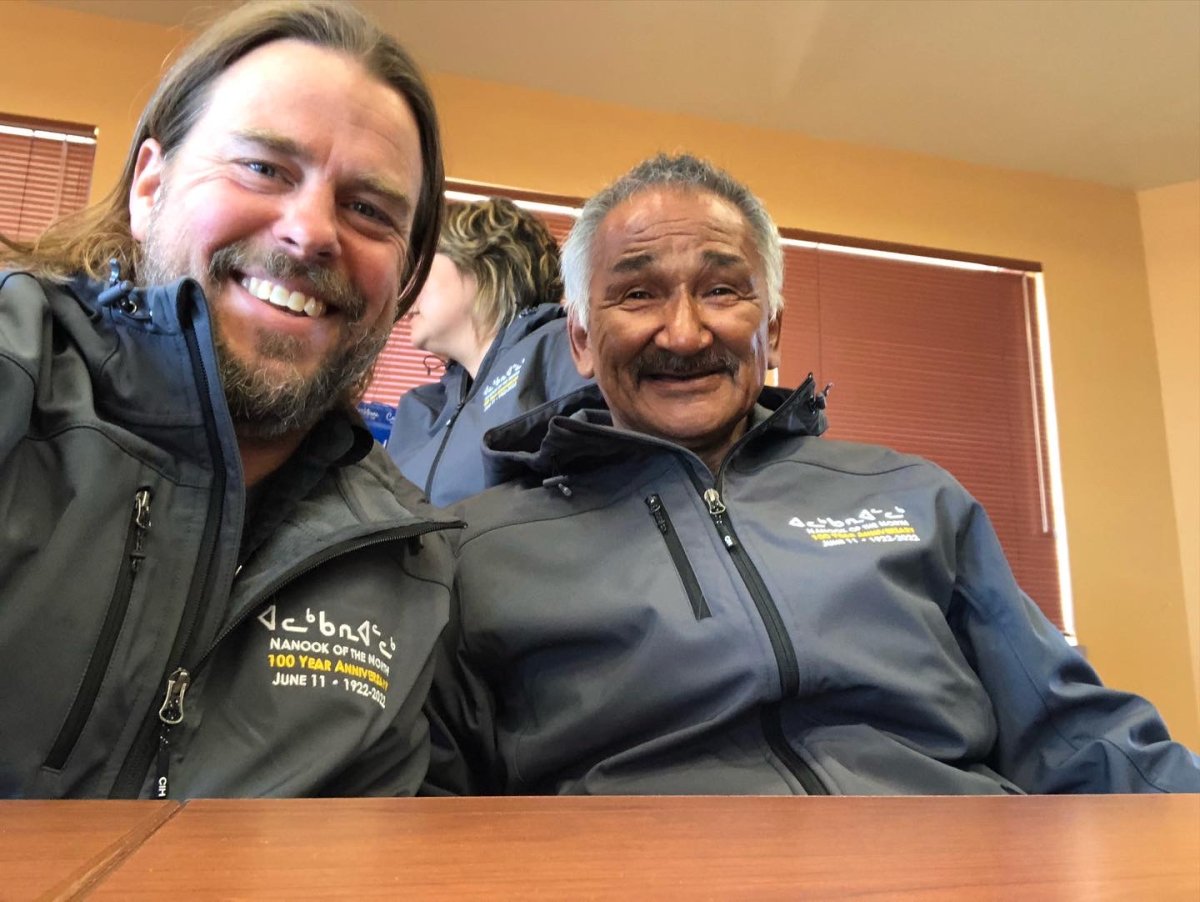One hundred years ago, on June 11, 1922, the world’s first documentary, Nanook of the North, was released. Recently the small Inuit village of Inukjuak, the location of that documentary, was abuzz with international visitors, musicians, filmmakers, politicians, reporters, and climate scientists – all there to commemorate this momentous cinematic milestone. There were five days of music, games, and feasting leading up to the evening of June 11, 2022, where a public screening of Nanook of the North took place—exactly 100 years after its premiere in New York City.

As an anthropological filmmaker, I began working with the Inuit of Inukjuak in November of 2019 to revisit this iconic film and to document the environmental and cultural changes that have taken place there over the last century. Indigenous communities of the Arctic are experiencing the most dramatic effects of climate change on our planet, despite having one of the world’s smallest carbon footprints. This rapidly changing environment has forced many of these communities to drastically alter their traditional way of life. From the substantial changes in hunting and fishing strategies, to dietary choices, to the modes of transportation, and in some instances the termination of time-honored ritual events—climate change is causing culture change. This was also reported by the New York Times in the article “Dispossessed, Again: Climate Change Hits Native Americans Especially Hard” on June 27, 2021, which stated Native Americans were forced onto undesirable lands many years ago, and are now being displaced again, as their land is becoming uninhabitable due to climate change.

With funding from the Institutes of Energy and the Environment, our team was able to spend five weeks in Inukjuak this summer documenting the centennial event and conducting interviews. We also captured one of the most rapid melting events in the town’s history. On May 31, we were filming ice fishing and snowmobiles in Hudson Bay. One week later all the ice was gone, and canoes were being used. Everyone in the community was shocked by the rapid change.
The availability of Arctic char fish (Salvelinus alpinus) has diminished in the area in recent years due to the warming of Hudson Bay. Larger populations of char are often found further north where the water is cooler. This requires the community to travel longer distances and use more gasoline, which in turn increases their carbon footprint.
The original plan was for the crew to travel to Inukjuak in late July of 2020 and begin filming the first week of August to coincide with the start of Robert Flaherty’s production 100 years earlier. Like most plans for 2020, the pandemic forced a pivot. Unable to travel, but determined to stay on schedule, we shipped camera equipment to the community so that they could begin filming and conducting interviews. This has allowed the Inuit to tell their story, from both sides of the lens, about the changes their community has experienced since the release of Nanook of the North.
Nanook’s immediate success added a new category to the domain of motion pictures—the documentary. This new approach to cinema had, and still has today, an impact that is impossible to measure. Arguably, every documentary from Ken Burns to Tiger King has its roots in Inukjuak. Justifiably, in 1989 Nanook of the North was selected for preservation in the United States National Film Archives by the Library of Congress.
Despite its influence, Nanook is, unfortunately, part of a long history of films that misrepresent Inuit culture. The film’s enduring popularity and global reach only amplified the misconceptions of the cultures from the far north. Most anthropologists, like myself, shudder at the numerous scenes in Nanook that are obviously staged, inaccurate, and unethical. So, as we evaluate this film and its influence a century after its creation, how are we to come to terms with its more problematic side? We must consult those descendants and follow their lead. It is the right, just, and ethical thing to do.
Nanook of the North, the birth of the documentary film, happened in their village. This is something positive, an event to be proud of. It was a great honor to have that opportunity to celebrate this moment with over 20% of the population of the community (~450 people) of Inukjuak on June 11, 2022. The completed documentary, A Century After Nanook, is scheduled for completion in late fall of 2023.
Kirk French is an Emmy-nominated filmmaker and anthropology professor at Penn State.





